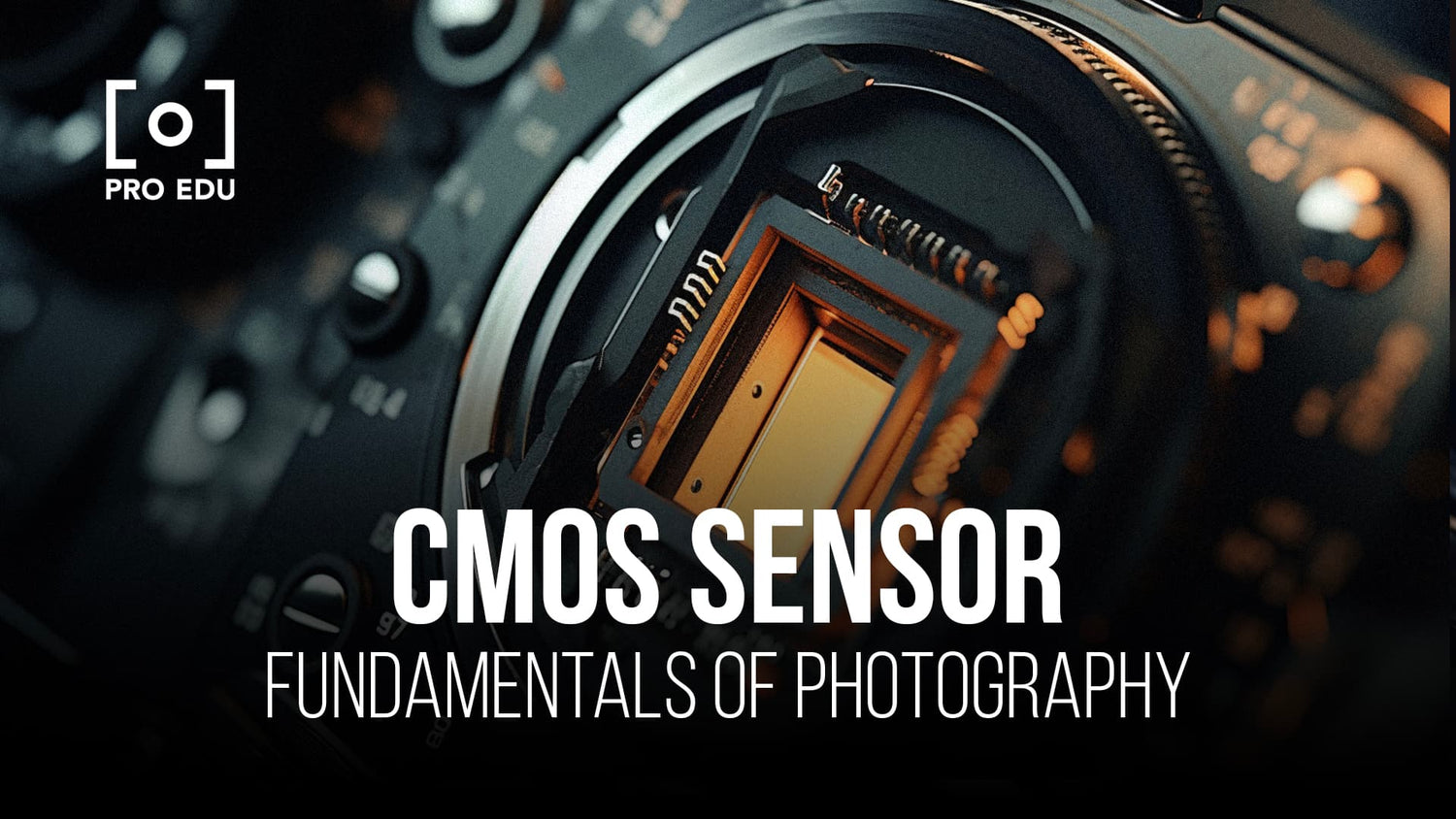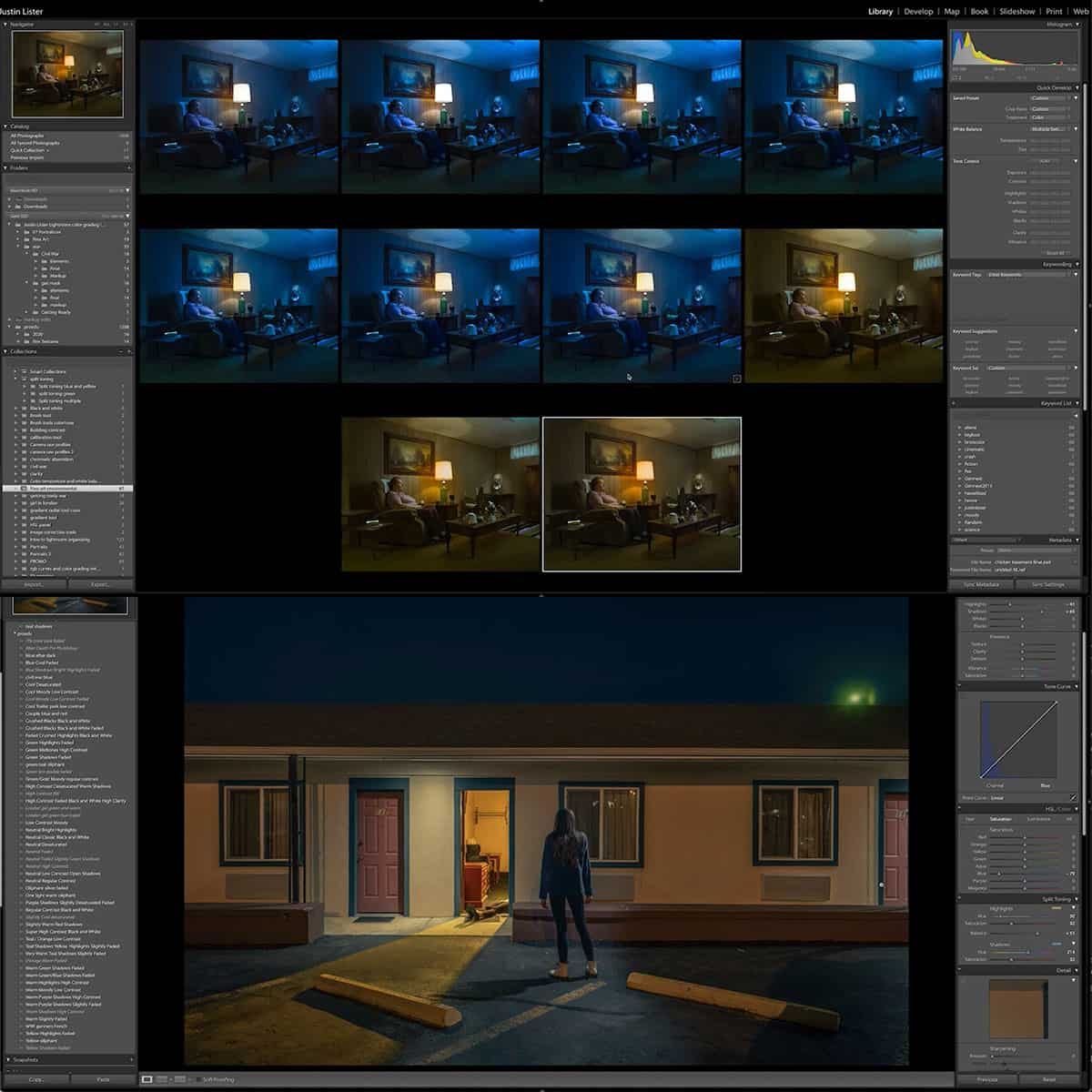CMOS Sensors in Digital Cameras: Essential Guide to the Fundamentals
CMOS (complementary metal-oxide-semiconductor) sensors are widely used in digital cameras as image capture devices. These sensors consist of an integrated circuit that records an image electronically and have become the industry standard due to their efficiency and cost-effectiveness. As digital cameras have evolved, so have CMOS sensors, offering better performance, lower noise levels, and a wider array of features.
Understanding the basics of CMOS sensors starts with familiarizing oneself with the core components, like photosites, or pixels, which make up the sensor's grid. The more pixels a sensor has, the higher resolution an image it can capture. Photons enter photosites and hit a light-sensitive photodiode, which converts the light into an electrical current corresponding to light intensity. CMOS sensors also implement various technologies designed to mitigate noise and enhance image quality.
As digital imaging technology advances, CMOS sensors continue to improve in terms of performance and affordability. These improvements include better low-light performance, higher dynamic range, and faster readout speeds. It's important for photography enthusiasts and professionals to understand the core technology behind the image capture process when selecting a digital camera for their needs.
Key Takeaways
- CMOS sensors are the go-to image capture devices used in digital cameras.
- The basics of CMOS sensors involve understanding photosites, pixel resolution, and light conversion.
- As the technology advances, CMOS sensors offer improved performance, reduced noise, and enhanced features.
The Basics of CMOS Sensors in Digital Cameras
CMOS sensors, or complementary metal oxide semiconductor sensors, are an essential component in digital cameras. They consist of an integrated circuit that records images by capturing light and converting it into digital data. The utilization of CMOS technology in cameras has led to significant advancements in imaging capabilities, such as faster processing speeds and better image quality.
There are several core components within a CMOS image sensor that work together to deliver clear and accurate image reproduction. The image sensor is composed of photosites, which are individual pixels that capture light. Over each photosite, there is a pattern of red, green, and blue color filters, known as a color filter array.
When light enters the camera through the lens, it passes through the color filter array and reaches the photosites. Each photosite records the intensity of light for a specific color, and this data is then combined to create a full-color digital image. During this process, the CMOS sensor is also responsible for minimizing noise and improving image quality.
CMOS cameras come in various types, depending on the specific sensor technologies employed. For example, there are BSI CMOS (Back Side Illuminated) and Stacked CMOS sensors that feature unique designs to enhance light sensitivity and overall performance.
In conclusion, CMOS sensors play a critical role in digital cameras, enabling them to capture high-quality images quickly and efficiently. Utilizing CMOS technology and incorporating essential components like photosites and color filter arrays, these sensors have significantly improved the imaging capabilities of modern cameras.
Conceptual Understanding: Pixels and Sensors
In digital cameras, a CMOS sensor plays a crucial role in capturing light and converting it into an image. The sensor is composed of a grid with millions of tiny pixels. These pixels, or photosensitive elements, react to the incoming light and determine the overall image quality. The camera sensor's size and the pixel size directly influence the quality and detail of the final image output.
Pixel size is measured in micrometers (µm) and affects a camera's low-light performance and dynamic range. Larger pixels can collect more light, resulting in better image quality in low-light situations. On the other hand, smaller pixels allow for higher-resolution images, but may suffer from increased noise and reduced dynamic range.
Sensor size is another important aspect of camera performance. Larger sensors have more pixels and space for larger pixel sizes. This allows them to capture more light, resulting in improved overall image quality, a more extensive dynamic range, and better low-light performance. However, larger sensors often come with bulkier and more expensive cameras.
To sum up, both pixel size and sensor size play crucial roles in a digital camera's performance. While larger pixels generally lead to better low-light capabilities, smaller pixels enable higher-resolution images. Similarly, larger sensors provide improved image quality and dynamic range, at the cost of increased size and expense.
For a deeper understanding of how CMOS sensors work and how they differ from other types of sensors such as CCD sensors, you can refer to this Introduction to CMOS Image Sensors article.
Dealing with Noise in CMOS Sensors
In CMOS sensors, noise is an unavoidable factor that can affect image quality. There are different types of noise that can impact the performance of these sensors, such as shot noise, read noise, and dark current noise. It's essential for us to be aware of these sources of noise and integrate noise reduction strategies to optimize sensor performance.
Shot noise arises from the inherent variability in the number of photons that reach the sensor's photodiodes. This type of noise has a square root relationship with the signal, which means that as the signal increases, shot noise becomes more prominent ¹. To minimize shot noise, one approach is to increase the exposure time, allowing more photons to be collected, and thus reducing the relative impact of this noise.
Read noise is another factor that we must consider, and it's introduced during the process of converting charges to voltage or through the readout circuits of the CMOS sensor ². One common technique for mitigating read noise is implementing on-chip correlated double sampling (CDS), which measures the noise from the readout circuit and subtracts it from the actual signal, thus improving the signal-to-noise ratio.
Dark current is an inherent characteristic of CMOS sensors that produces noise due to the thermal generation of electrons within the pixels. This noise increases with the duration of the exposure as well as the temperature of the sensor. To minimize dark current noise, we can utilize temperature control methods, such as cooling the sensor during long exposures, or employing dark frame subtraction, which involves capturing a dark frame (with no signal) and subtracting it from the actual image to correct for the effect of dark current.
Understanding Key Features and Benefits
In this section, we will discuss some key features and benefits of CMOS sensors in digital cameras. These include resolution, frame rate, power consumption, high dynamic range, and dynamic range.
Resolution is an important aspect of digital camera sensors. Higher resolution allows for more detail in captured images. This is made possible by an increased number of pixels in a given area of the sensor. As technology progresses, we are able to produce sensors with higher resolution and better image quality. Understanding the Digital Image Sensor provides more information.
Frame rate is another crucial aspect of camera sensors. It defines the number of individual images captured per second, measured in frames per second (fps). Higher frame rates produce smoother motion in videos. CMOS sensors often offer faster frame rates than their CCD counterparts, allowing for better performance in various applications like sports or wildlife photography.
Power consumption is a critical factor, especially in portable devices like cameras and smartphones. CMOS sensors consume less power than CCD sensors, which is advantageous for battery life. This efficiency stems from their ability to convert photons directly into digital signals at the pixel level, as explained in this article on camera sensors.
Dynamic range and high dynamic range (HDR) are important because they indicate a sensor's ability to capture a wide range of light levels in a single image. This includes very bright highlights and dark shadows. CMOS sensors can offer greater dynamic range and HDR capabilities, which results in images with more realistic and vivid colors.
In conclusion, CMOS sensors in digital cameras showcase various advantages, such as higher resolution, faster frame rates, lower power consumption, and better dynamic range and HDR capabilities. These features make them a popular choice in modern photography devices.
Advanced CMOS Sensor Technologies
In the world of digital cameras, CMOS sensors play a crucial role in capturing high-quality images. In this section, we will discuss some advanced CMOS sensor technologies that set them apart from other types of image sensors.
One of the key aspects of CMOS sensors is their shutter mechanism. There are two primary types of shutters used in CMOS sensors: rolling shutter and global shutter. Rolling shutter exposes each row of the sensor sequentially, which can lead to distortion in fast-moving objects. On the other hand, global shutter exposes the entire sensor simultaneously, resulting in crisp images even with rapidly moving subjects.
CMOS sensors use photodiodes to convert incoming light into electrical charge. The efficiency of these photodiodes greatly impacts the overall performance of the sensor, especially in low-light conditions. By continually improving photodiode technology, we can achieve better image quality and lower noise levels.
Color reproduction is another essential aspect of CMOS sensor technology. Most CMOS sensors use a Bayer filter pattern, which consists of alternating red, green, and blue filters. This pattern allows the sensor to accurately capture the color information from an image, and advanced algorithms are then used to interpolate the full-color image.
Some modern sensors also employ an extra color filter to enhance color accuracy. This additional filter can either be a broader-spectrum filter or a specially designed pattern that helps the sensor capture more accurate and vibrant colors.
In summary, advanced CMOS sensor technologies such as rolling and global shutters, efficient photodiodes, and improved color filters have greatly contributed to the enhanced performance of digital cameras. By understanding these advances, we can appreciate the complexity and innovation behind the high-quality images captured by today's digital cameras.
Frequently Asked Questions
How do CMOS sensors in digital cameras function?
CMOS sensors in digital cameras work by using the photoelectric effect to transform light into electrical signals. Each pixel on the sensor contains a photodetector, which creates an electrical charge proportional to the light intensity. The charge is then read and converted into a digital signal.
What are the advantages of using CMOS sensors in digital cameras?
CMOS sensors offer several advantages, such as lower power consumption, faster processing speeds, and greater versatility. They are also more cost-effective to produce, making them a popular choice for many digital cameras, including smartphone cameras and professional cameras.
How do CMOS sensors compare to CCD sensors in digital cameras?
While both CMOS and CCD sensors aim to convert light into electrical signals, their methods for capturing and processing images differ. CCD sensors have higher sensitivity and can produce better image quality in some cases, but they consume more power and are more expensive to produce. On the other hand, CMOS sensors are faster and more versatile, making them suitable for various applications.
What factors affect the performance of a CMOS sensor in a digital camera?
Several factors can affect the performance of a CMOS sensor, including the size, quality, and design of the sensor. Larger sensors can capture more light, resulting in better image quality. The pixel size and arrangement can also influence the sensor's performance. Additionally, the quality of the photodetectors and processing technology play a significant role in overall image quality.
How has the development of CMOS technology improved digital photography?
The development of CMOS technology has led to significant improvements in digital photography. Its ability to handle high-speed processing and lower power consumption has allowed digital cameras to become more efficient and often smaller in size. Additionally, the ongoing improvements in CMOS sensors have resulted in better image quality, noise reduction, and dynamic range, further enhancing digital photography.
What are some common applications of CMOS-based image sensors?
CMOS-based image sensors have a wide range of applications, including digital cameras, video cameras, and smartphone cameras. They are also used in other fields, such as machine vision, biomedical imaging, and security applications, due to their versatility and adaptability.


























